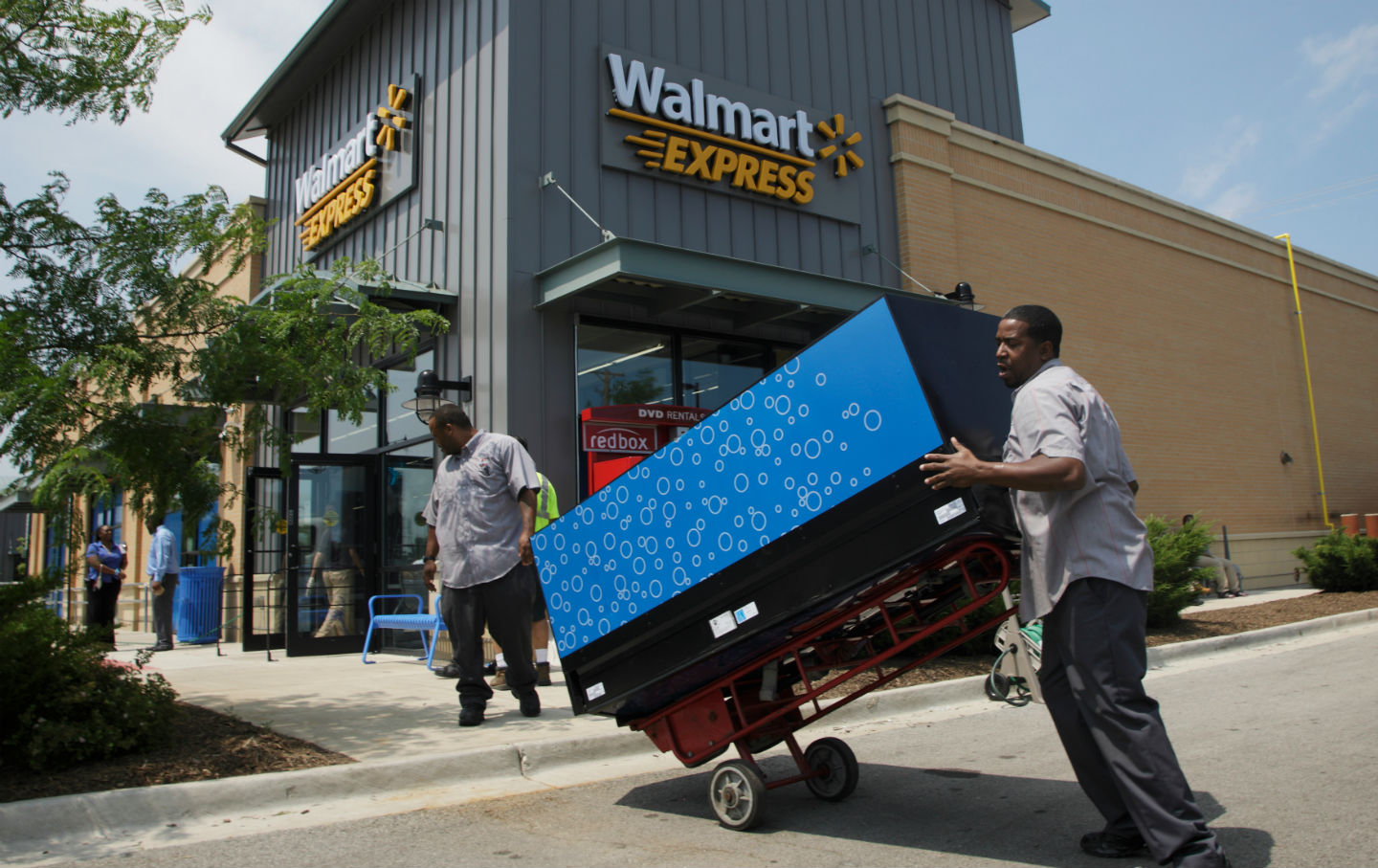
‘Flexible’ Scheduling Is Stretching Retail Workers to the Breaking Point ‘Flexible’ Scheduling Is Stretching Retail Workers to the Breaking Point
How do you plan a budget, or arrange childcare, when you’re always on call?
Mar 11, 2015 / Michelle Chen
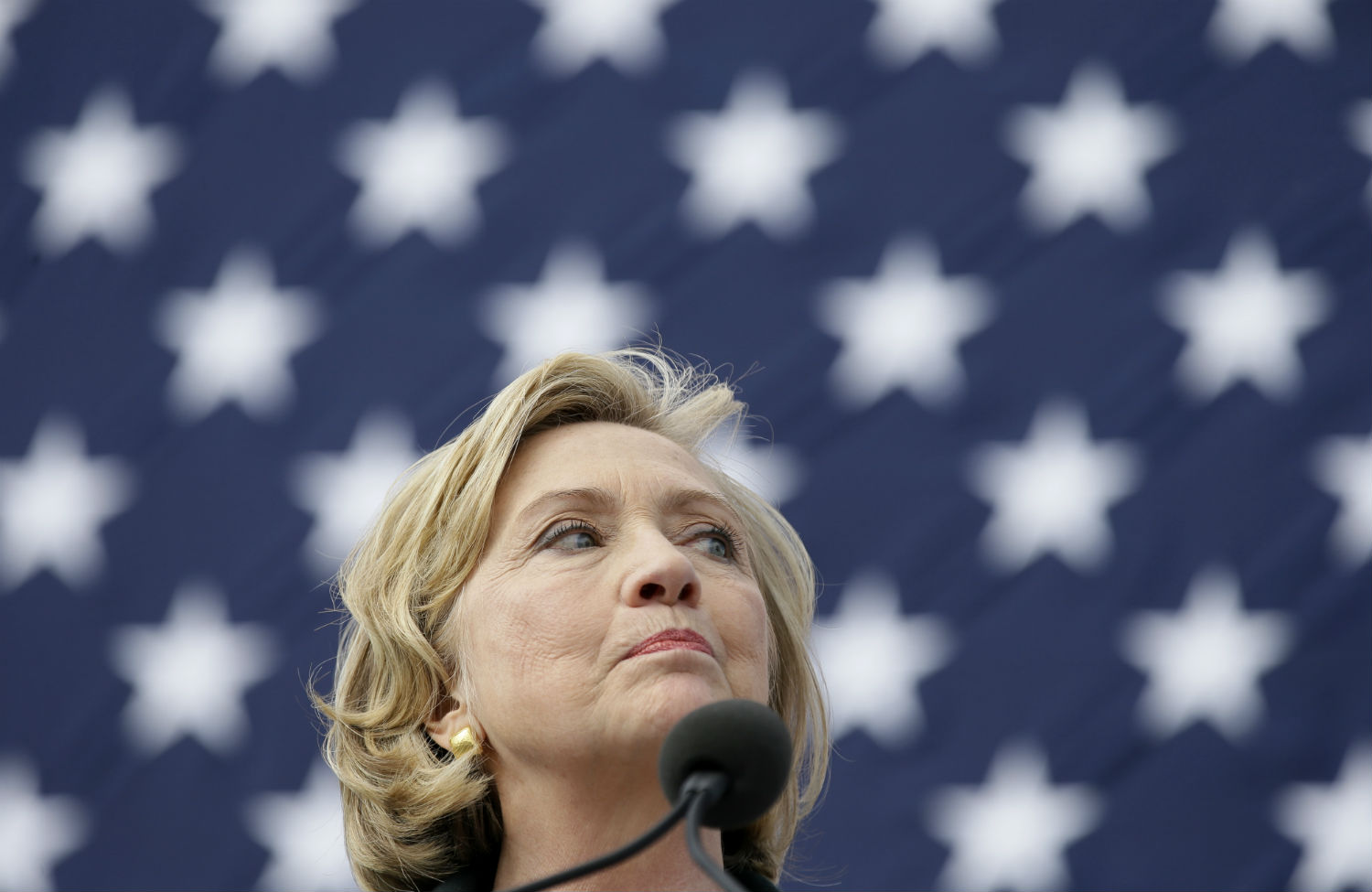
But Is Hillary Ready for Us? But Is Hillary Ready for Us?
Hillary now claims she’ll implement progressive economic policies—but Bill said the same in 1992.
Mar 10, 2015 / William Greider
The New Silicon Valley Movement That Is Taking on the Tech Giants The New Silicon Valley Movement That Is Taking on the Tech Giants
In the neighborhood where Cesar Chavez got his start, janitors, cooks and shuttle drivers are organizing to end the area’s inequality epidemic.
Mar 10, 2015 / Gabriel Thompson
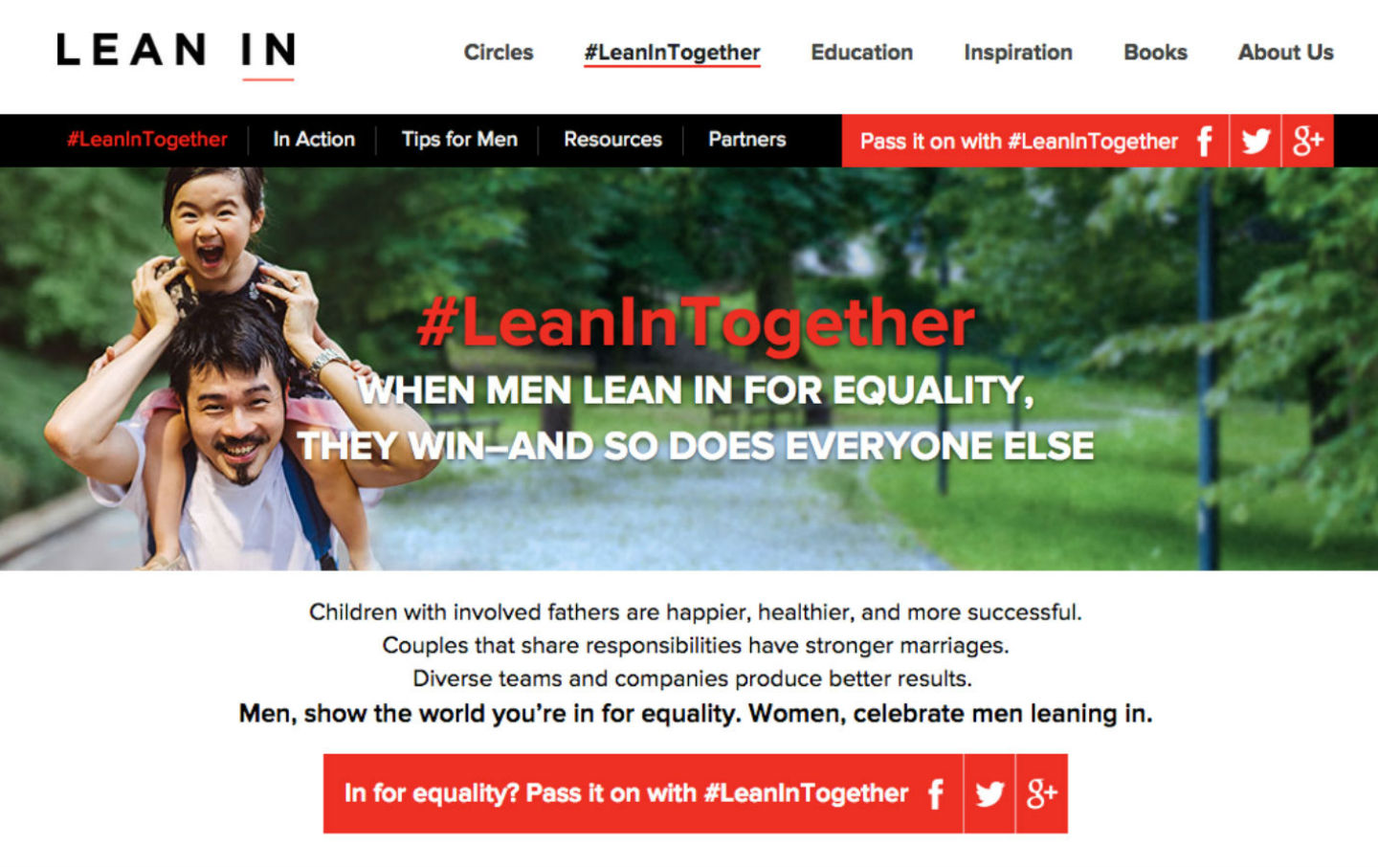
Sheryl Sandberg Wants Men to Lean In, but They Really Need to Lean Out Sheryl Sandberg Wants Men to Lean In, but They Really Need to Lean Out
Lean In Together tells men equality isn’t a zero-sum game. But it’s going to have to be.
Mar 5, 2015 / Bryce Covert
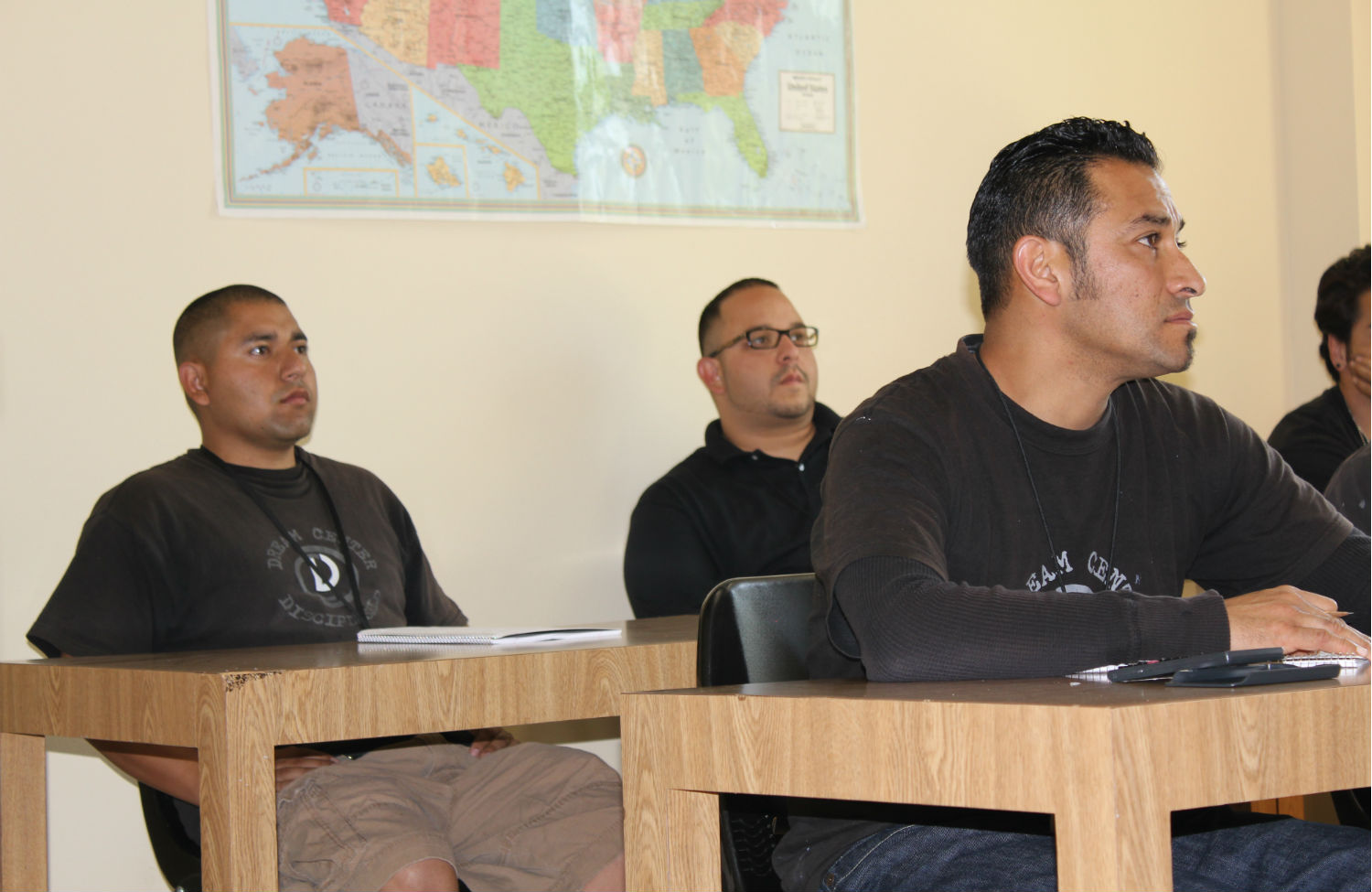
The GED Is Now Harder to Take—And Harder to Pass The GED Is Now Harder to Take—And Harder to Pass
Who benefits from a high school equivalency exam that judges nothing better than how well you'll do on the exam?
Mar 4, 2015 / Michelle Chen
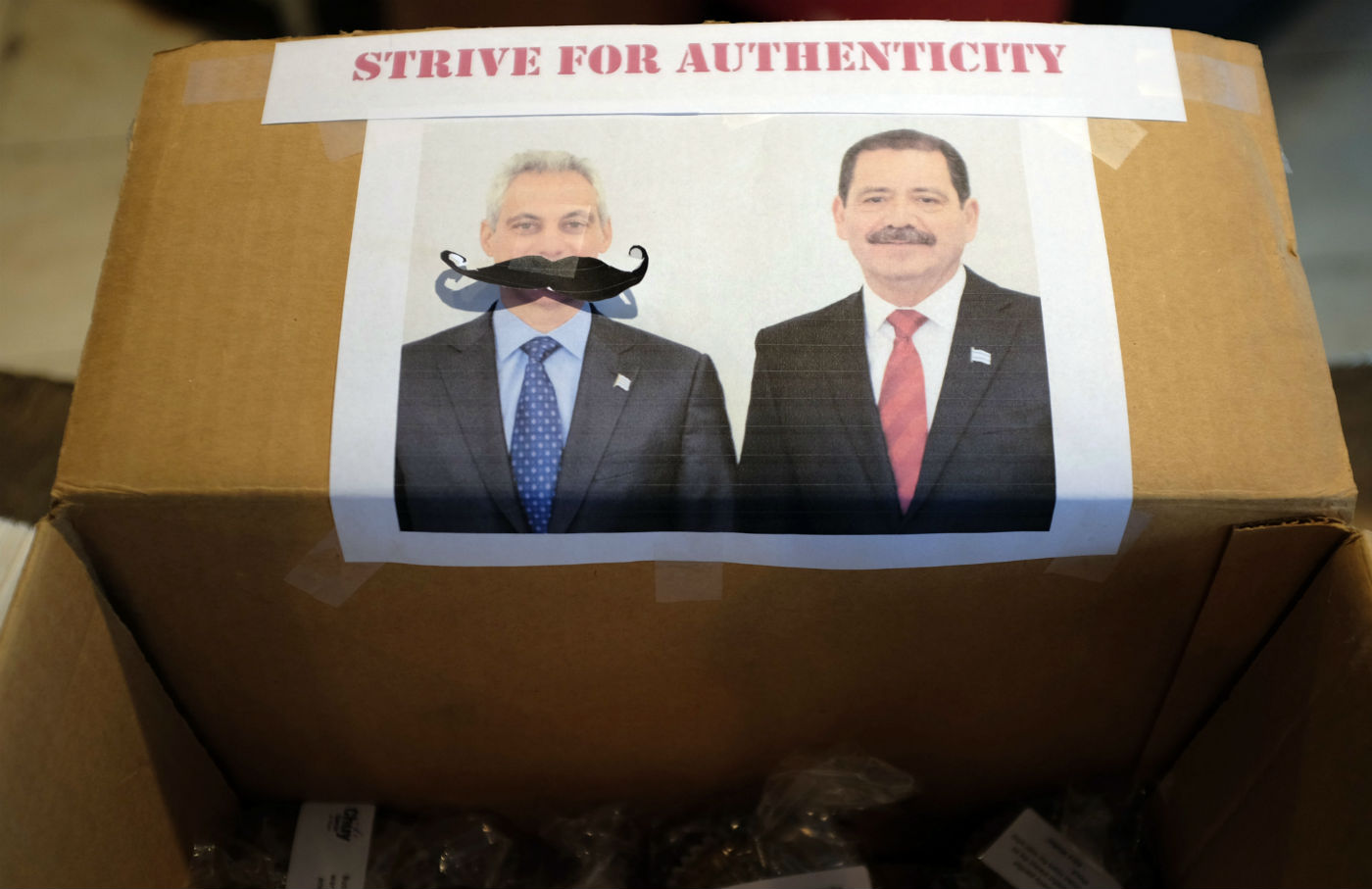
How the Movement to Unseat Rahm Emanuel Is Challenging ‘1 Percent’ Urbanism How the Movement to Unseat Rahm Emanuel Is Challenging ‘1 Percent’ Urbanism
As Chuy Garcia gains momentum, another city seems possible.
Mar 4, 2015 / John Nichols
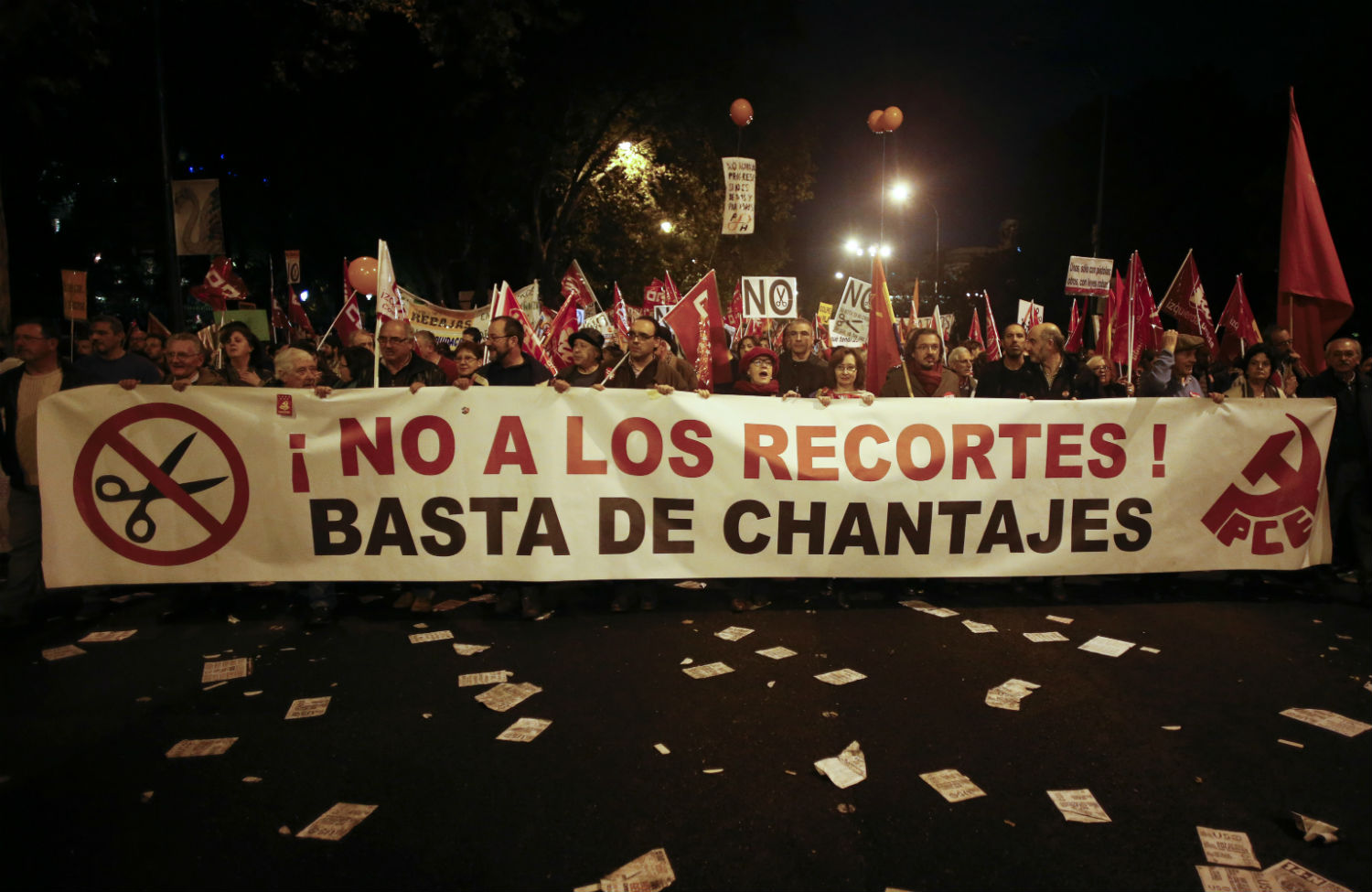
Turning the European Debt Myth Upside Down Turning the European Debt Myth Upside Down
The debt crisis has little to do with poor budgeting and everything to do with crony capitalism.
Mar 4, 2015 / Conn Hallinan and Foreign Policy In Focus

Did Slave Labor Produce Your Seafood? Did Slave Labor Produce Your Seafood?
Without serious reform, migrant fishers in Thailand will remain as disposable as fish bait.
Mar 2, 2015 / Michelle Chen
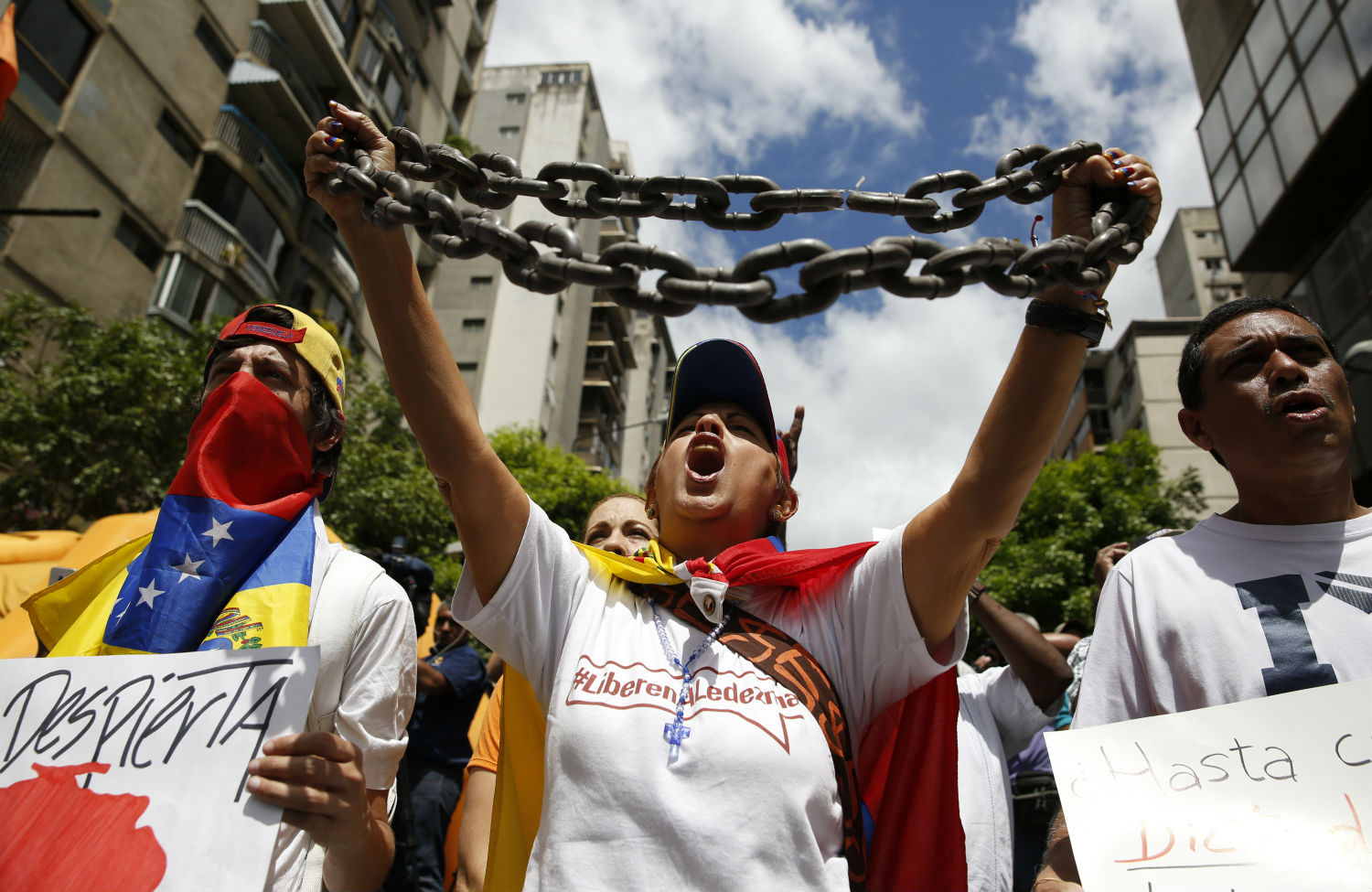
What Is Happening in Venezuela? What Is Happening in Venezuela?
The government and the opposition do battle as ordinary Venezuelans weather an economic crisis.
Mar 2, 2015 / Greg Grandin

Did Syriza Sell Out? Did Syriza Sell Out?
No—the Greek negotiators had to swallow some bitter pills, but they extracted crucial concessions from the troika.
Feb 27, 2015 / Andy Robinson
